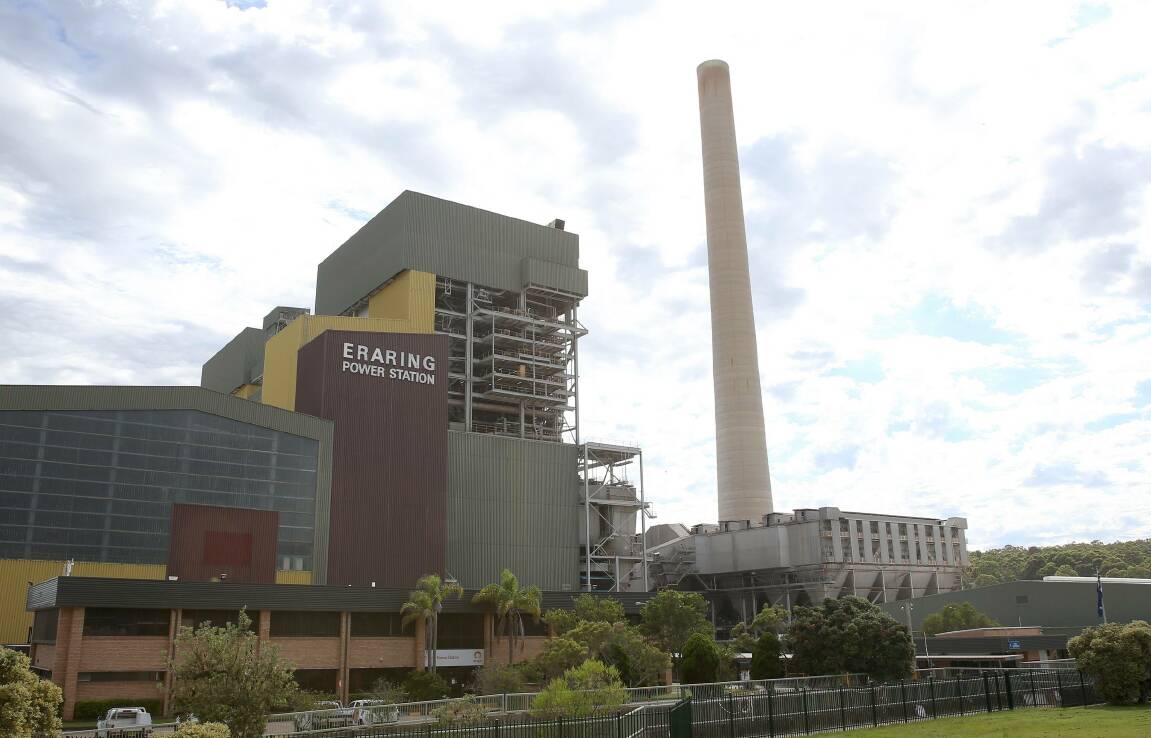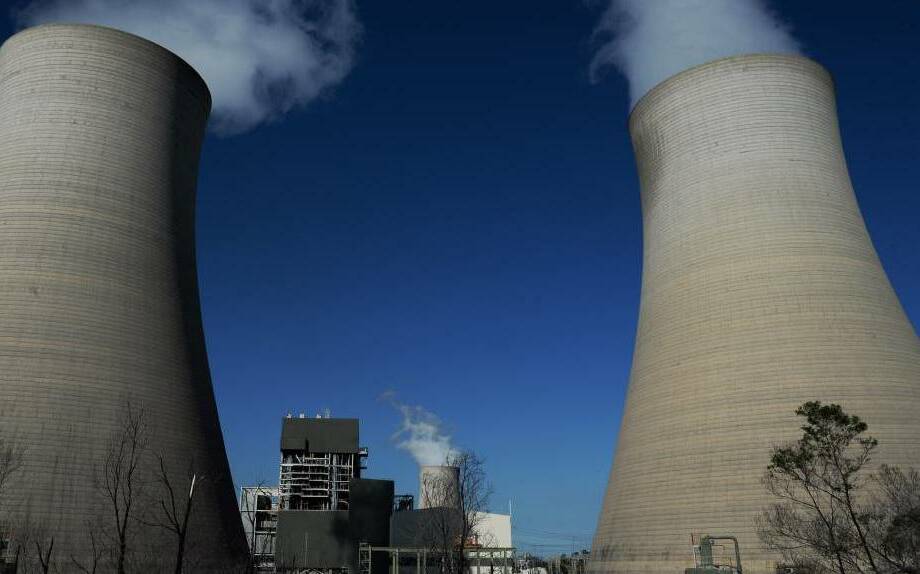Turbine shutdowns at two of the Hunter's coal-fired power stations contributed to massive price spikes in the wholesale price of electricity last month.
The shutdowns, combined with major delays to the rollout of clean energy infrastructure, created havoc on the National Electricity Market (NEM).
It has resulted in Rystad Energy labelling the NEM the most volatile market of its kind in the world.

The key metric used to measure volatility was the average one-hour intraday spread for a year of data, or the difference between the highest and lowest price during a given hour.
The analysis also found that unplanned coal power plant outages and transmission line problems have become more frequent in recent years.
This was particularly the case leading up to the closure of Liddell Power Station earlier this year, when the plant spent more time offline than than generating electricity.

Rystad said high solar power penetration was another factor contributing to the extreme price fluctuations.
While daytime generation is high, pushing prices down, elevated natural gas prices are causing soaring rates in the evenings and at night when solar generation falls and gas-fired generation is needed.
Rystad's analysis found increased storage capacity is required to handle these fluctuations.
It is estimated that 46 gigawatts of pumped hydro and utility-scale battery storage capacity will be needed to balance the market by 2050, a significant increase from the current 2.8 gigawatts.
"Volatility can be unsettling for retailers who lack proper hedging strategies and for consumers who bear the brunt of resulting cost fluctuations.
To tackle this, Australia should prioritize the enhancement of transmission infrastructure and invest in storage solutions to mitigate the impact of volatility. This will help to create a more stable and affordable electricity market for all Australians," Rystad Energy senior analyst David Dixon said.
In September, NSW topped the list for utility solar PV generation, producing 650 gigawatt hours. Nationwide utility PV generation reached 1,331 gigawatt hours, a substantial 41 per cent year-on-year increase.
Wind generation in September totalled 2,488 gigawatt hours, a 1 per cent increase compared to September 2022.
The top-performing wind assets were located in Queensland and Tasmania.







